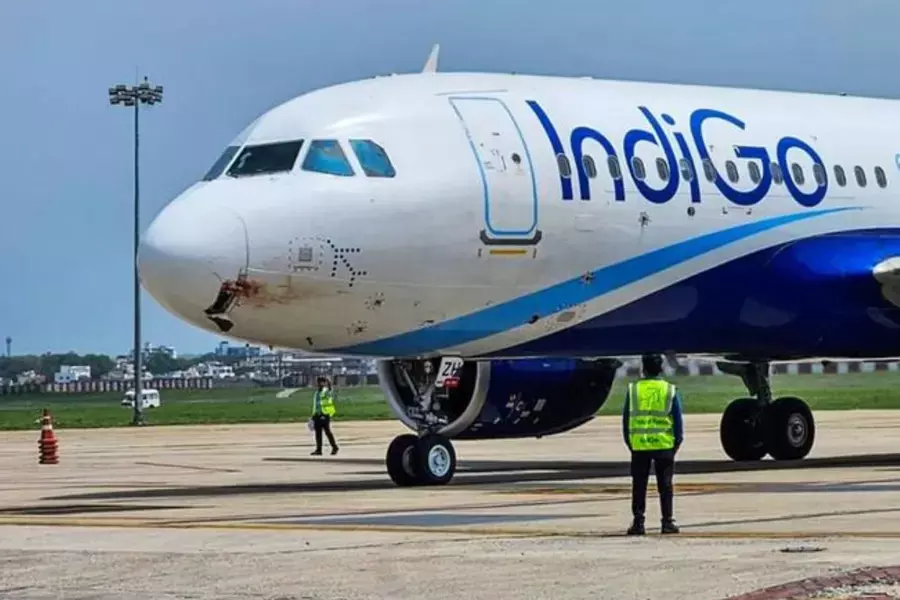
Uttarakhand town sinkage: a bunch of factors played behind!
text_fieldsDehradun: An expert opined that there are a set of distinct anthropogenic and natural factors that played behind the sinkage of Joshimath town in Uttarakhand, PTI reported.
The director of the Wadia Institute of Himalayan Geology, Kalanchand Sain, said that the said factors were not immediate but built up over a long period of time.
Sain told PTI, "The three principal factors are Joshimath's vulnerable foundations as it was developed on the debris of a landslide triggered by an earthquake more than a century ago, its location in seismic zone V which is more prone to earthquakes besides gradual weathering and water percolation which reduce the cohesive strength of the rocks over time."
"Atkins had first written about Joshimath's location on landslide debris in the Himalayan Gazetteer in 1886. Even the Mishra Committee, in its report in 1976, had written about its location on an old subsidence zone," he said.
He numbered that the reasons behind the phenomena include Himalayan rivers and heavy rainfall. Both are characteristic features of the area in question, where there were flashfloods in the Rishiganga and Dhauliganga rivers last year, added up for the occurrence.
Joshimath town is the gateway to Badrinath, Hemkund Sahib and the skiing destination Auli. Random, haphazard constructions have been going on there for a long time, which added to the causes, Sain said.
He said, "Hotels and restaurants have mushroomed everywhere. The pressure of population and the size of the crowd of tourists has also increased manifold. Many houses in the town are unlikely to survive, and people living in them must be shifted to safe locations as life is precious," he added.
He then suggested that post evacuation of people from the affected areas, microzonation of the town, replanning of its drainage system and rainwater outlets, besides assessment of rock strength, among others, should be undertaken.























